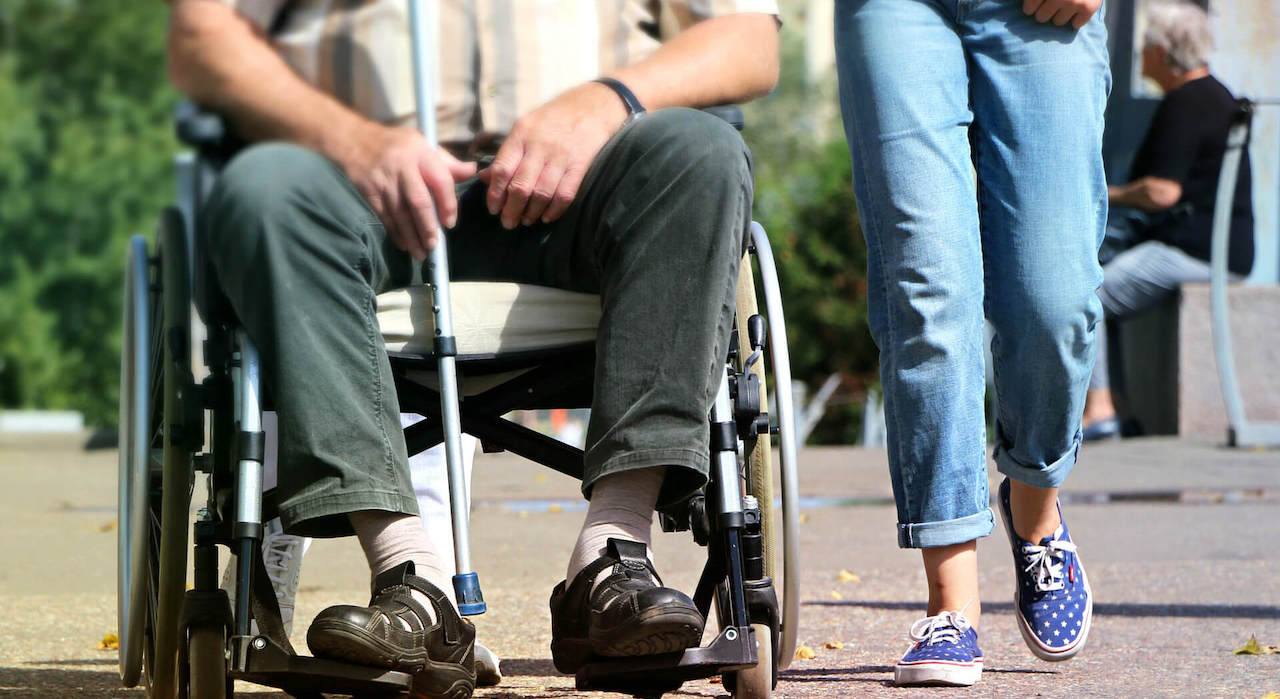When someone first hears about a paralysis injury, it is understandable if they immediately assume that the injury is the result of trauma to the spinal cord. While this is an extremely common cause of a paralysis injury, it is not the only way that a victim can suffer paralysis. The following information is meant to provide you with a general overview of some of the ways that someone can be paralyzed, with a particular focus on situations that others can cause, and therefore be liable for the damages that arise from such a terrible situation.
If you or a loved one has suffered a paralysis injury as a result of someone else’s recklessness, negligence, or malice, contact the team at Fasig | Brooks as soon as possible to connect with a Florida catastrophic injury lawyer who can help you fight for the money that you deserve. Whether you are dealing with a medical error, a drunk driving accident, or any number of ways that someone else can cause these types of injuries, we are here to help.
Contact us as soon as possible for a free initial consultation, where you will be able to speak directly with a Florida personal injury lawyer about your situation and learn about how we can help. Our history of successful cases representing victims of paralysis injuries should give you a good indication of the level of experience and support you will get as a valued client of Fasig | Brooks, and during our initial consultation, we will be able to discuss this support in specific detail.

What Is a Paralysis Injury?
There are a number of ways that someone can become paralyzed, and there are 4 different types of paralysis that can result from an injury, depending on the damage done to the spinal cord, brain, or any number of other systems that can lead to this type of horrific injury.
Start Your Free Case Evaluation
Monoplegia
Monoplegia is a paralysis injury that only affects a single limb (or, less commonly, another single area of the body), leading to either loss of control or loss of feeling in the affected area. While most commonly resulting from cerebral palsy, there are a number of other ways that someone can suffer this type of paralysis, including strokes, tumors, nerve damage, or medical malpractice.
Start Your Free Case Evaluation
Hemiplegia
Hemiplegia impacts a single hemisphere of the body, meaning that one arm and one leg—both on the same side—are paralyzed. As with monoplegia, this type of injury most commonly results from cerebral palsy, although there are many ways that someone can suffer this type of paralysis injury, as well.
Start Your Free Case Evaluation
Paraplegia
Paraplegia is a paralysis injury that impacts the legs and all other functions below the waist, including elimination and sexual functions. Depending on the nature of the injury, a paraplegic may or may not have complete and permanent loss of motor functions, meaning that the treatment plan for this paralysis injury will vary significantly from patient to patient. This type of injury is most commonly due to damage to the spinal cord.
Quadriplegia
This type of paralysis injury is characterized by paralysis from the neck down and is typically caused by damage to the spinal cord in the neck area. Since the spinal cord facilitates communication between the brain and the limbs, damage to the spinal cord above all four limbs will typically result in this type of paralysis injury
We know what needs to be done to facilitate a fair settlement




